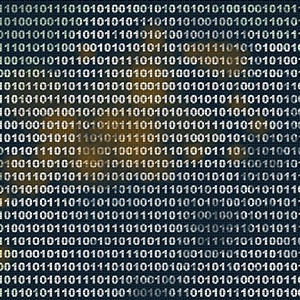 The use of analytics in healthcare is on the rise with the emergence of big data, but it requires accurate and complete data. According to research firm TDWI, many businesses have issues with the quality of their data because it is incomplete, incorrect, inaccurate and inconsistent. These errors are often due to user mistakes including duplicate entries, misspelling, wrong punctuation and missing information. This “dirty data” decreases the ability of healthcare organizations to utilize business intelligence and analytics platforms to accurately analyze data and measure results.
The use of analytics in healthcare is on the rise with the emergence of big data, but it requires accurate and complete data. According to research firm TDWI, many businesses have issues with the quality of their data because it is incomplete, incorrect, inaccurate and inconsistent. These errors are often due to user mistakes including duplicate entries, misspelling, wrong punctuation and missing information. This “dirty data” decreases the ability of healthcare organizations to utilize business intelligence and analytics platforms to accurately analyze data and measure results.
Though dirty data is common due to misleading, non-integrated and invalid data, healthcare organizations are especially plagued by it because of a lack of standardized product information. Dirty data in healthcare also is generated by a lack of generalized formatting, problems incurred during data migration processes, overlaps and overlays and even identity fraud, resulting in unreliable data and a reduced quality of patient care.
Consider the following statistics:
- Dirty data costs U.S. companies approximately $600 billion annually.
- Duplicate and bad data combined cost the U.S. economy more than $3 trillion annually.
- Inaccurate data has a direct impact on the bottom line of 88 percent of companies, with the average company losing 12 percent of its revenue.
TDWI recently conducted a study in which 86 percent of its respondents noted they aren’t fully satisfied with the quality of their data. Almost 96 percent of those respondents also aren’t satisfied with the processes they have in place to address data duplication.
Keeping it Clean
Cleaning data and keeping it clean can prevent costly mistakes. This can be done by establishing a data management strategy, promoting data discipline to clinicians, utilizing big data algorithms, performing regular maintenance, reducing or eliminating duplicate records, updating IT systems and performing data scrubbing. Data scrubbing involves filtering, detecting, decoding, translating and correcting data to make it clean or normalized.
Clean, high quality data benefits healthcare organizations through:
- Increased customer satisfaction and efficiency;
- Decreased time spent on reconciling data;
- Reduced costs and increased revenues;
- More consistent data;
- Single version of truth;
- Greater confidence in using the data;
- Higher user adoption rates for healthcare analytic solutions sourcing the data;
- Increased confidence in analytics systems.
Learn More
Ensuring that healthcare data remains comprehensive, accurate and current is not a function relegated to developers alone. At Syntrix Consulting, our certified consultants can work with you to utilize data management programs that are designed to ensure data integrity in healthcare business intelligence solutions. Contact us today for a free consultation.
For more information about Epic reporting and how to have a successful implementation, download our FREE eBook:
